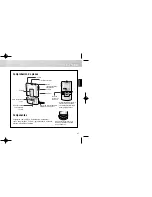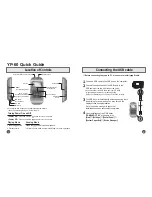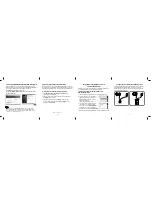
E-12
Cisco Interactive Experience Client 4600 Series User Guide
Appendix E Infrared Remote Controls
Non-Cisco Remote Controls
errorId.innerHTML = err;
writeLog("onError(): "+err);
}
function onEvent(key, skey, config)
{
eventId.innerHTML = "" + key + ' ' + skey + ' ' + config;
writeLog("onEvent(): "+key + " " + skey + " " + config);
clearTimeout(timer);
timer = setTimeout(function() { eventId.innerHTML = ""; }, 750);
}
</script>
</head>
<body onload="init()" onunload="deinit()">
Remote: <span id="remoteInfo"></span><br><br>
Event: <span id="event"></span><br><br>
Error log: <span id="error"></span>
<!-- This part of code is used for tracing application states -->
<div id="appDebugInfo" style="background:rgba(0,0,0,.9); position:absolute; top:0px;
right:0; width:15%; min-width:300px; bottom:0; overflow-x:hidden; border:solid 1px
#666666; overflow-y:scroll; color:white; padding:20px; font:normal 10px/12px
sans-serif"></div>
<script>
function writeLog(msg){
var c = document.getElementById('appDebugInfo');
if(c){
c.innerHTML=c.inn msg + "<br><br>";
}
}
</script>
</body>
</html>
Non-Cisco Remote Controls
This section explains how to customize remote control programming so that non-Cisco remote controls
can be used. You can use either the IEM’s IR Configuration property, which is available starting with
release 2.3, or the global.ir.setCurrentControl() API.
Using the IEM’s IR Configuration Property
To customize remote control programming, you will need to perform the following tasks:
1.
Create a new group if the devices that will use the customized programming are not already in a
group
2.
Add devices to the new group
















































